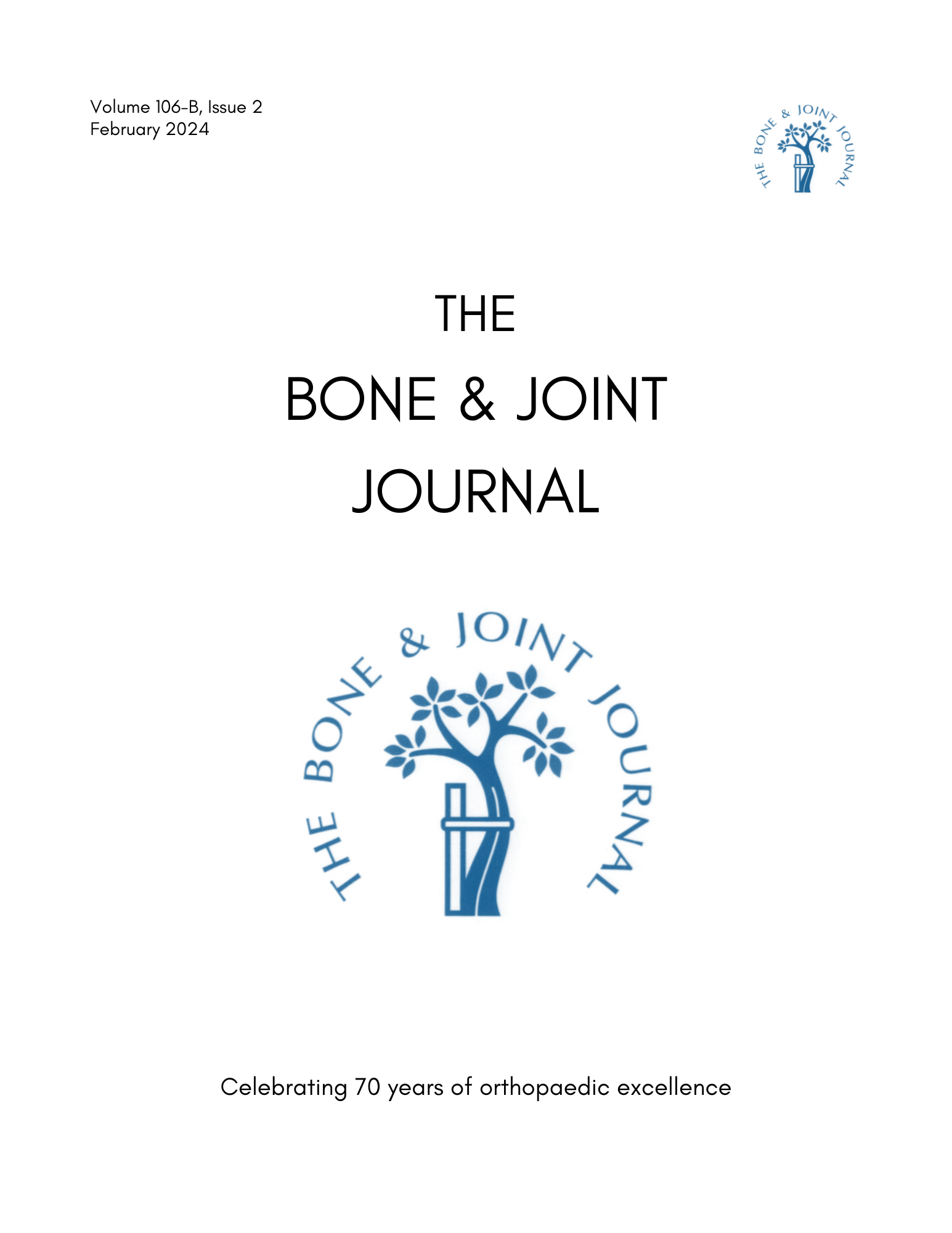
Assessing flexion, pain, weight-bearing flexion following mobile-bearing high-flexion TKR

Assessing flexion, pain, weight-bearing flexion following mobile-bearing high-flexion TKR
Does a mobile-bearing, high-flexion design increase knee flexion after total knee replacement?
J Bone Joint Surg Br. 2012 Aug;94(8):1051-7.Synopsis
77 patients with osteoarthritis of the knee were randomized to receive a total knee replacement with either a standard fixed-bearing posterior cruciate ligament-preserving design (FB-S) or a high-flexion rotating-platform posterior-stabilized design (RP-F). Throughout the course of the study, active non-weight-bearing flexion along with functional range of motion were measured to determine which t...
To view the full content, login to your account,
or start your 30-day FREE Trial today.
FREE TRIAL
LOGIN
Forgot Password?
Explore some of our unlocked ACE Reports below!

Learn about our AI Driven
High Impact Search Feature
Our AI driven High Impact metric calculates the impact an article will have by considering both the publishing journal and the content of the article itself. Built using the latest advances in natural language processing, OE High Impact predicts an article’s future number of citations better than impact factor alone.
Continue



 LOGIN
LOGIN

Join the Conversation
Please Login or Join to leave comments.